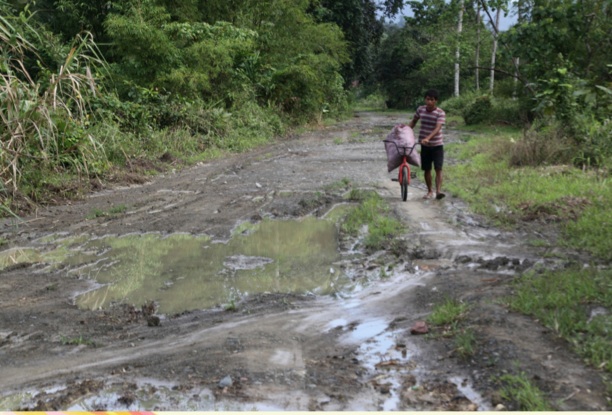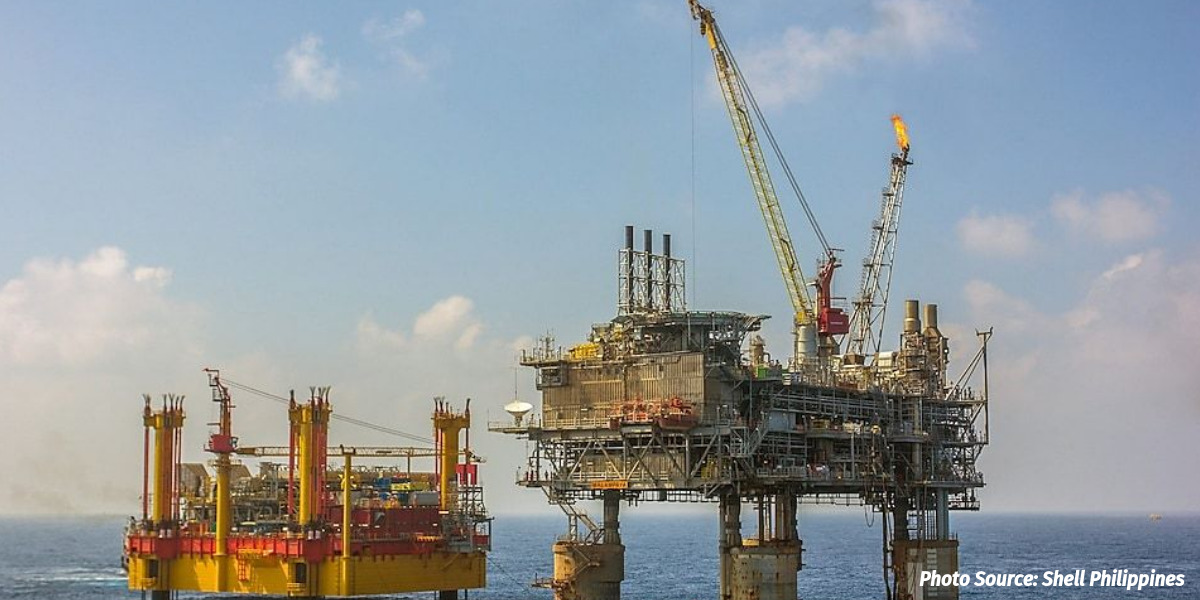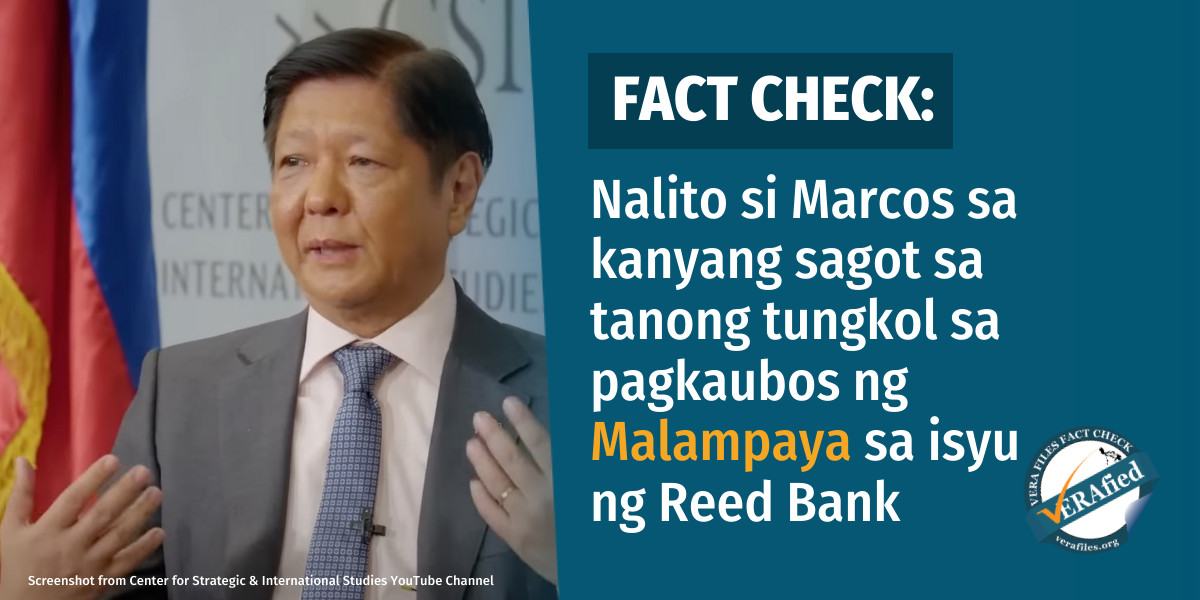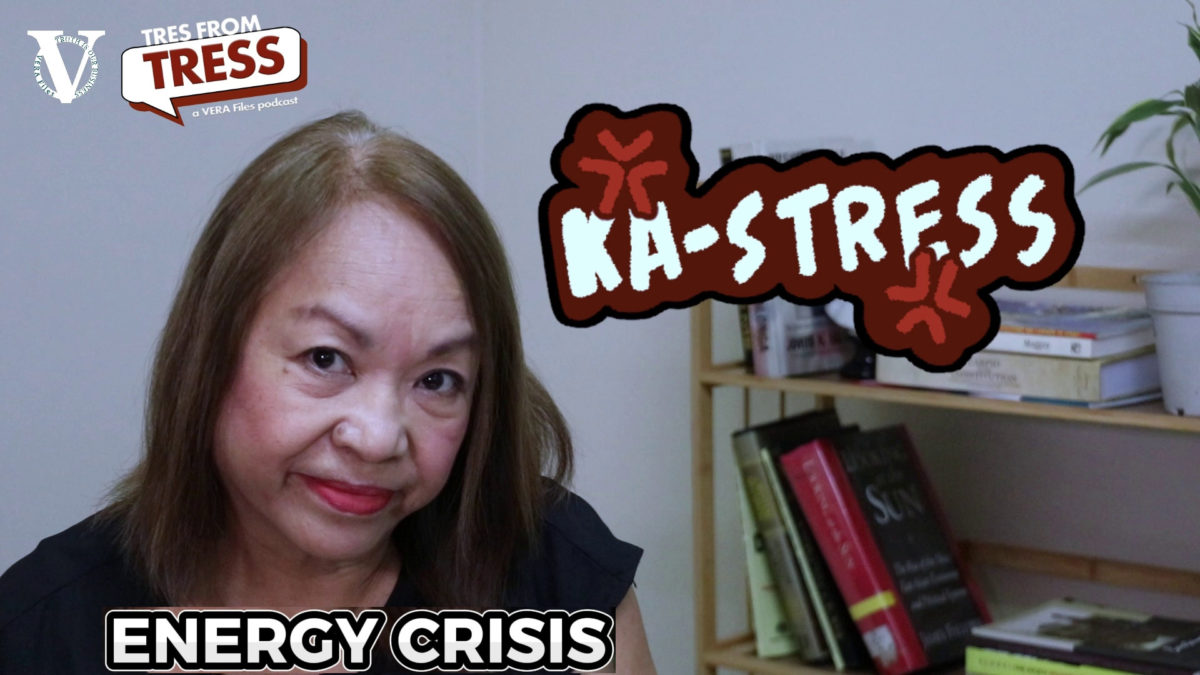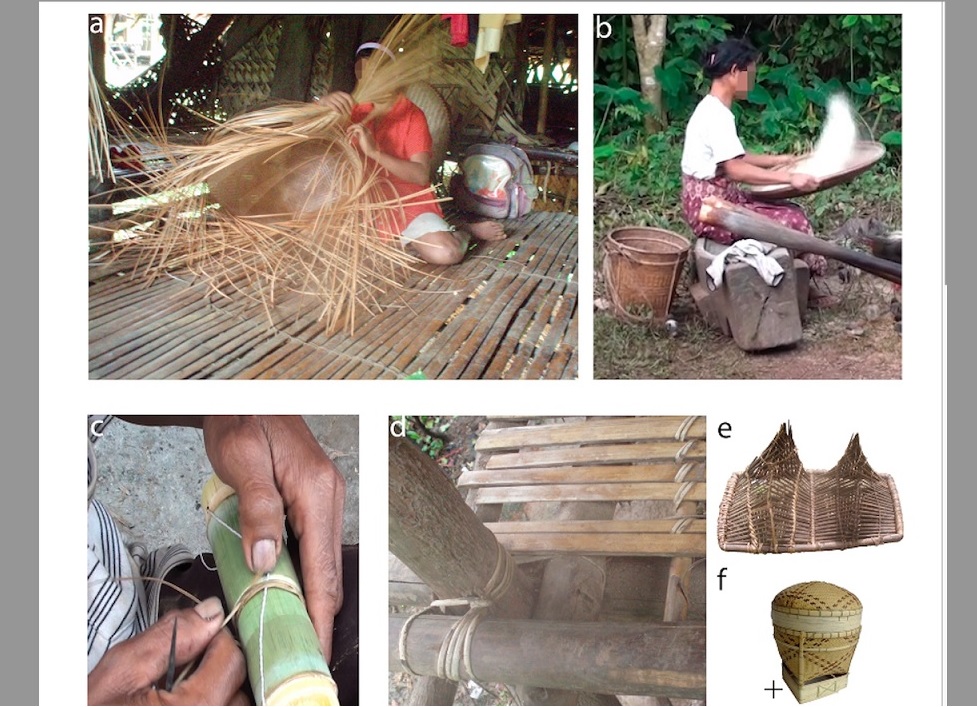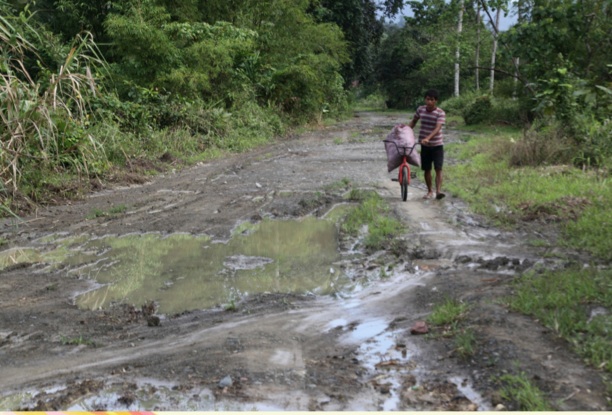
NINETEEN road improvement and two bridge construction projects in Palawan province that cost the government some P420 million were overpriced and failed to conform with government standards, former national treasurer Leonor Briones told the Senate Blue Ribbon Committee.
These projects, implemented in 2008, were funded through SARO (Special Allotment Release Order) No. A-08-01326, representing just a fraction of P3.9 billion in royalties from the Malampaya natural gas project that the Senate Blue Ribbon Committee is now investigating.
Even if the Committee wanted to take the concerned Palawan officials to task for it, however, it would have to wait. The projects were implemented during the term of then Palawan governor Joel Reyes who has been in hiding since a warrant for his arrest was issued in March 2012.
“They will have to comply with the requirements (of COA) or face the music,” Committee chair Teofisto Guingona III said, referring to Reyes and other provincial officials.
Briones, chair of Kaakbay party-list and convenor of watchdog Social Watch Philippines, cited as an example the 10-kilometer improvement of the Culandanum-Panalingaan Road, with an approved budget of P20 million, was found to cover only 5.68 kilometers.
The project’s reported cost was P18.9 million using materials that were “grossly overpriced.”
The road improvement was not only too short. Briones said it also failed to conform to standards set by the Department of Public Works and Highways. The road project did not have side ditches and earthworks, and was narrower than it should have been, the Kaakbay team found.
It also found that “available and free materials” like river rocks were charged to the project. Kaakbay also questioned the amount of cement that was supposedly used for the project.
“In calculating quantity of cement bags for Class-A concrete mix, the required mix volume of 285 cubic meters was allocated with 2,700 bags of cement. The correct quantity of cement bags for said volume of Class-A mix is only around 1,118 bags,” Briones said in a slideshow she presented to the committee.
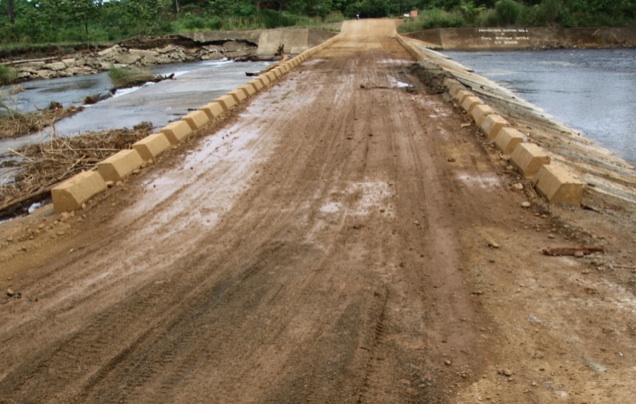
The construction of Llabungan bridge in Quezon, Palawan was also found to have been substandard. Briones said the bridge did not conform to DPWH specifications since the approach was below the grade of the road and its spillway openings were too small.
Materials were also found to have been overpriced and of poor quality. This, Briones said, could be seen in the bank protection of the bridge, which had eroded within five years.
Kaakbay’s inspection, which was based on project documents and on on-site inspections, found that “all the projects were carried [without] following the Approved Programs of Work.”
A Program of Work lists details of a DPWH project, including the cost of the project and a breakdown of expenditures. Kaakbay said there were no documents to show the deviations from the programs of work had been approved.
There was also no documentation done on the projects, either to show how the project sites looked before construction began or to show progress of the projects.
The projects, some of which were in forest land or in protected areas, did not have environmental impact assessment studies, nor was there proof that the projects were officially turned over to the local government units that had the projects built.
According to Kaakbay, the 19 road projects cost around P7.4 million per kilometer of road.
One project, the Aramaywan-Berong road improvement project, was less than a kilometer long but cost P6.3 million. Other projects, which were from 2 kilometers to 6.5 kilometers long, cost more than P18 million each.
“The assessment resonates with other findings of overpricing and significant financial losses on the part of government. Even as estimates vary, such losses would have financed more projects which would have benefited the people of Palawan,” Kaakbay said.
Guingona said some of the 355 projects that the Commission on Audit has since disallowed did not even have programs of work. “There was nothing to audit because there would be no basis (for an audit),” he said in an interview after the hearing.
He added there were overlapping projects that improved “the same stretch of road.”
Reyes and his brother, former Coron, Palawan mayor Mario Reyes, are wanted for their alleged involvement in the murder of broadcaster Gerardo “Gerry” Ortega in 2011. Ortega is believed to have been killed for speaking out against corruption in the use of Malampaya funds.

Ortega’s daughter Michaella, who was also at the hearing, challenged the Palawan provincial government to show documents to explain where the money from Malampaya went.
“Magkano ba talaga? Hindi nila kayang sagutin (How much has been spent? They can’t give an answer,” she said.
Ortega added Palawan Governor Abraham Kahlil Mitra did little to investigate her father’s death or bring the Reyeses to justice. Mitra, a political ally of the former governor, even came out in support of Reyes, she said. “May kuntsabahan talaga (There was collusion),” she said.
Mitra did not attend the Senate hearing.
Guingona, meanwhile, said the committee will also look into how the Reyeses were able to evade authorities.
